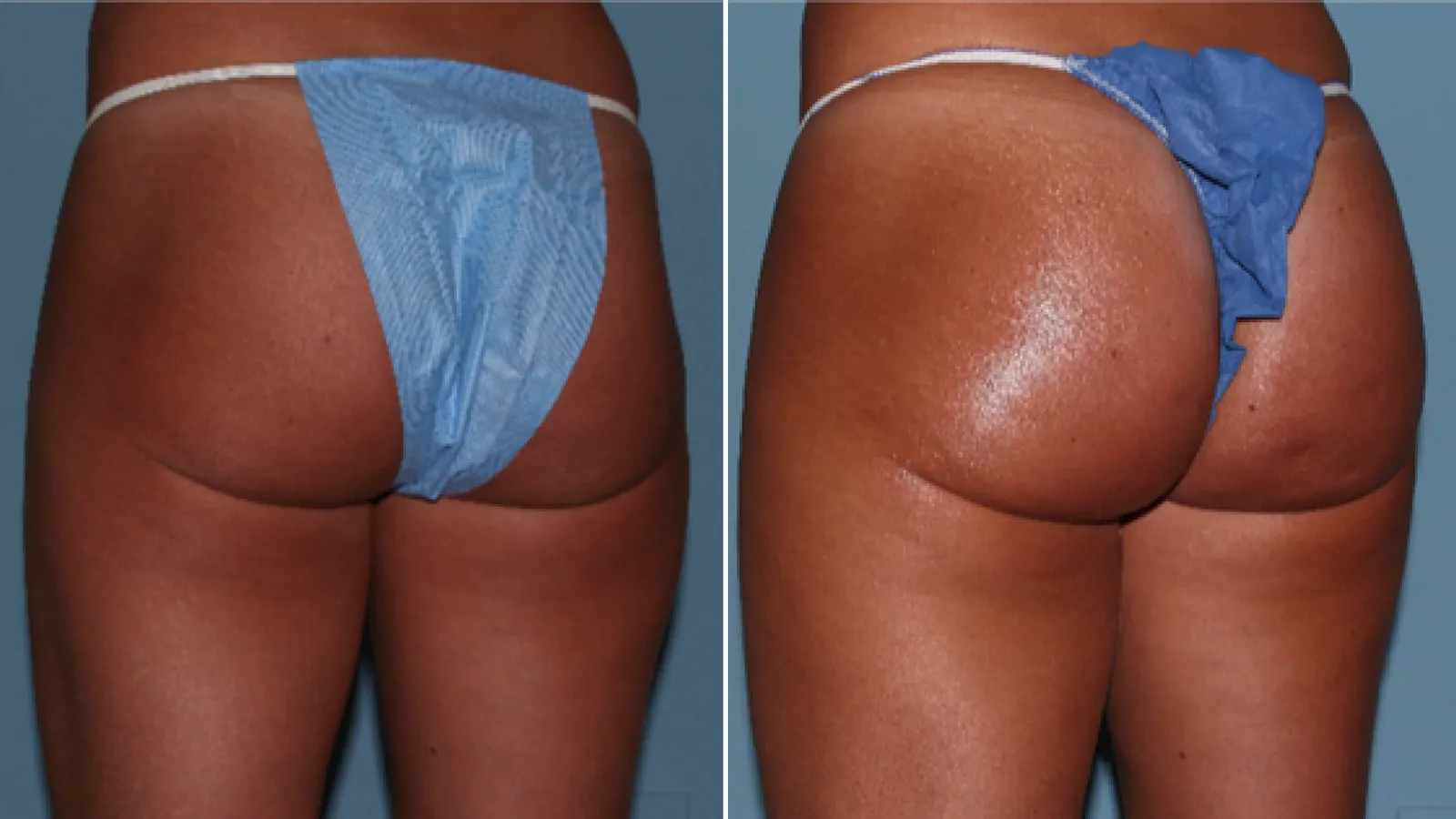
One adds volume—the other removes what time left behind
A Brazilian Butt Lift (BBL) takes fat from other parts of your body and moves it. Into the buttocks. To fill. To shape. To soften. It creates fullness using what you already have. No implants. Just your fat—repositioned. A traditional buttock lift does the opposite. It removes. Sagging skin. Looseness. The parts that hang. That wrinkle. That no longer hold shape.
The choice between them depends on what’s missing. If it’s volume, you add. If it’s tightness, you lift. Some people need both. Some need neither. But most don’t know until they’re seen by a surgeon.
They may sound similar. But they fix very different things.
A BBL works best when you have fat to give
Not everyone does. If you’re lean, athletic, or have lost weight recently, you might not have enough fat to harvest. Liposuction is required—for shaping and for collecting fat. Without fat, there’s nothing to transfer.
The fat gets injected into the buttocks. Usually the upper and outer areas. Sometimes the hips. It builds projection. It smooths dips. But only 60–80% of that fat survives. And it needs time—no sitting, no pressure—for weeks.
If your goal is curves, and you’ve got the supply, BBL might be your answer.
A traditional lift works when skin is the main concern
If you’ve lost a lot of weight. If your skin sags from aging. If you feel folds instead of contour. That’s when a traditional lift comes in. It cuts away extra skin. Tightens tissue. Raises the lower buttocks. There’s no fat added—just reshaped.
This procedure leaves a scar. Usually hidden in the underwear line. But it’s longer than most expect. The result? Firmer shape. Cleaner lines. No more drooping. No more discomfort when sitting. But also no added volume.
The best lift patients aren’t looking for size. They’re looking for relief—from weight, from looseness, from frustration.
Scarring is minimal with BBL—but more visible with a lift
BBL scars are tiny. Just a few millimeters. Where fat was taken. Where fat was added. They’re placed in hidden areas. They fade. Sometimes disappear. A traditional lift involves an incision. Sometimes long. Sometimes curved. Always visible for a time.
If scarring worries you, that’s something to weigh. Some accept it for the trade-off. Others don’t. Your comfort with that line affects your choice more than you think.
A BBL changes shape invisibly. A lift shows where it happened.
Recovery is different in pace, but similar in patience
BBL recovery focuses on preserving fat. You don’t sit on the grafts. You sleep on your stomach. You wear compression. You walk gently. The fat needs to connect to blood supply. If you rush, you lose it.
Traditional lift recovery is about healing the incision. Watching for fluid. Managing tension. Sitting may be easier—but movement is still slow. You’ll feel sore, tight, stitched. Swelling takes weeks. Shape takes months.
Both demand patience. Neither gives instant results. Healing is silent work.
BBL is more common—but not always more appropriate
BBLs are everywhere. On social media. In conversations. But that doesn’t mean they’re right for everyone. If you don’t have enough fat. If your skin is loose. If you want lift, not size—a traditional lift might suit you better.
Popularity doesn’t equal personal fit. The right procedure matches your shape, your lifestyle, your goals—not a trend.
A skilled surgeon will explain the difference. Will guide, not sell. Because what works for others might not work for your body.
A lift is permanent—but a BBL changes with you
Lift results last, especially if your weight stays steady. Once the extra skin is gone, it’s gone. But skin continues to age. Sagging may return, years later. Still, most patients enjoy long-lasting contour.
BBL results can shift. Gained weight adds fat—even in the grafts. Lost weight can shrink them. Pregnancy, lifestyle changes, illness—all can alter shape. That doesn’t mean the fat is fragile. But it responds like any other fat in your body.
Your commitment after surgery determines how long the results last.
You can combine both—but it depends on timing
Some patients get both. Lift first. Then volume. Or both at once. But not everyone is a candidate for combination. It depends on skin quality. On fat supply. On healing ability. And on what your body can safely handle.
If both are needed, your surgeon might stage the process. Lift first, to create foundation. Then grafting later, to build shape. Or the reverse. Done together, the surgery is longer. The recovery is more intense. But the transformation can be dramatic.
Don’t assume more means better. Sometimes spacing it out brings better, safer results.
Choosing between them means choosing what matters most to you
Is it roundness? Or firmness? Are you more concerned with curves? Or with comfort? Are you bothered by sagging? Or by flatness? Those questions shape the decision.
BBL works best for those with good skin, stable weight, and enough fat. Lift works best for those with loose skin, past weight loss, or aging changes. Some need shape. Others need structure. Some need both.
Knowing the difference helps you ask better questions. And better questions lead to better outcomes.
